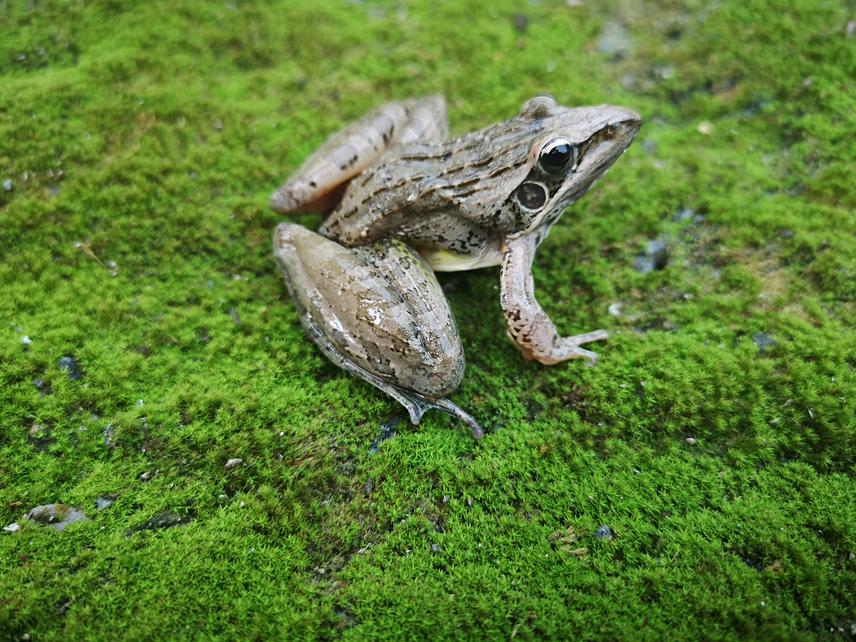Lotanna Micah Nneji
Other projects
23 Jan 2020
Ecological Studies and Community-Based Conservation Activities for Amphibians and Reptiles of Gashaka Gumti National Park, Nigeria
23 Nov 2022
Enhancing Studies and Sustainable Conservation Actions for Amphibians and Reptiles in Highly Biodiverse and Threatened Nigerian Montane Regions
The aim of this project is to provide a comprehensive report on the biodiversity and population status of amphibians and reptiles of the park. We also aim to identify possible threats to amphibians and reptiles in the park, so as to inform guidelines for conservation and habitat restoration management. Also in this project, we aim to train the local field assistants and as well as educate host communities through adequate conservation education programmes.

Nigeria has the highest rate of deforestation in the world and the loss (55.7%) of the forest cover makes it urgent and important for the conservation of animals most especially the neglected amphibians and reptiles. The study site - Gashaka-Gumti National Park (GGNP) is the largest national park in Nigeria found along the Eastern Border Highlands on the Cameroon volcanic line between latitudes 06058’- 08005’N and longitude 11010’ N-12013’ E. In recent time, the park has been under severe threats from human activities which has affected the biodiversity in the area. From our pilot field survey of the park in August 2016, about 32 species of amphibians and reptiles were observed, seven possible new species recorded and the first records of eleven species were documented from the Park. Despite these results, most of the endemic species were not encountered and high rate of habitat loss was observed in the park.
This project was therefore designed to cover a period of twelve months (September 2017 – September 2018). Visual encounters methods, non-lethal pitfall trap arrays with drift fences and traps shall be used in the collection. The objectives of this project is to provide a comprehensive report on the diversity, population status, morphology and ecology of amphibians and reptiles of the park. We also aim to identify possible threats to amphibians and reptiles in the park, so as to inform guidelines for conservation and habitat restoration management. Also in this project, we shall train the local field assistants and as well as educate host communities through adequate conservation education programmes. Most importantly, the greatest achievement from our project will be directed towards an improved and holistic approach towards the conservation of amphibians and reptiles of the park and Nigeria as a whole.
Other team members for this project include Prof. Adiaha A. A. Ugwumba (Department of Zoology, University of Ibadan, Ibadan, Nigeria), Assistant Prof. Adeniyi C. Adeola (State Key Laboratory of Genetic Resources and Evolution, Kunming Institute of Zoology, Chinese Academy of Sciences, China), Dr. Agboola O. Okeyoyin (Nigerian National Park Service, National Headquarters, Abuja), Dr. A. O. Adeyi (Department of Zoology, University of Ibadan, Ibadan, Nigeria) and others.